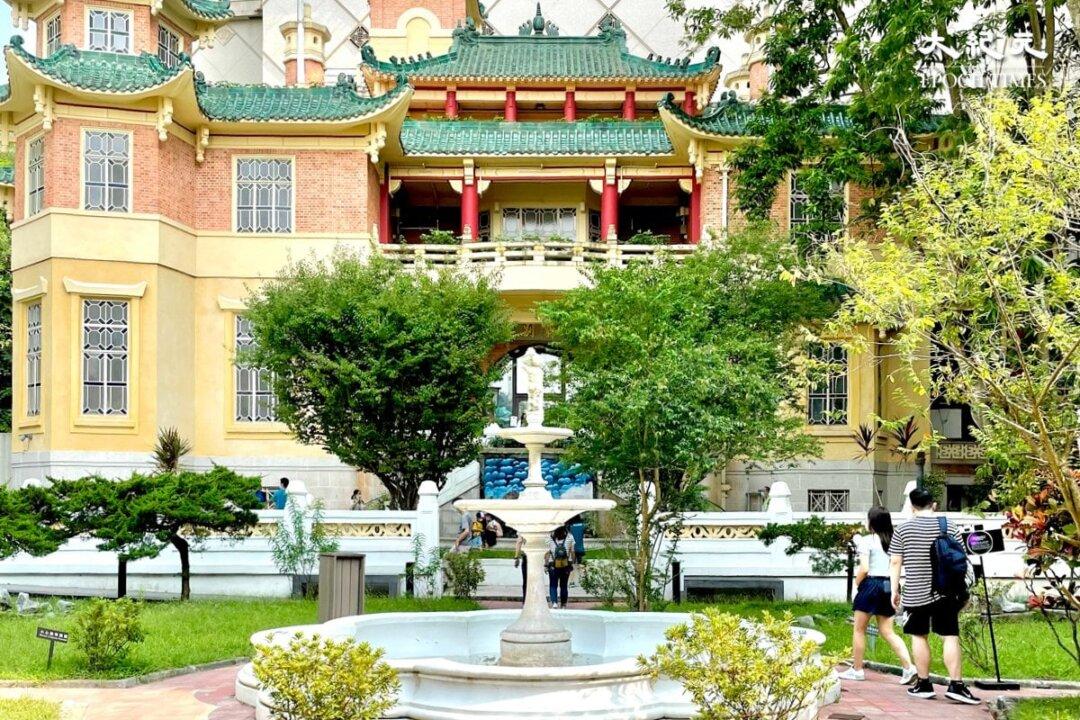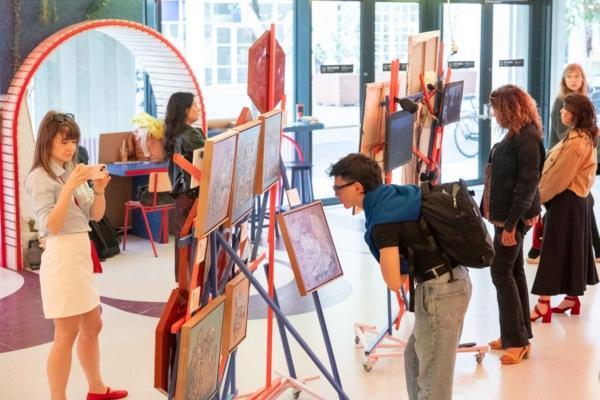With the closure of Haw Par Music, The Haw Par Mansion (also known as The Tiger Balm Villa), a grade one heritage building that carries the collective memories of Hongkongers, was returned to the government on Dec. 1. 2022, unclear what its future fate might be.
This palace-style mansion, sitting on the hillside west of Mount Butler on the Hong Kong island, boasts a blend of architectural features, both Western and Chinese.




